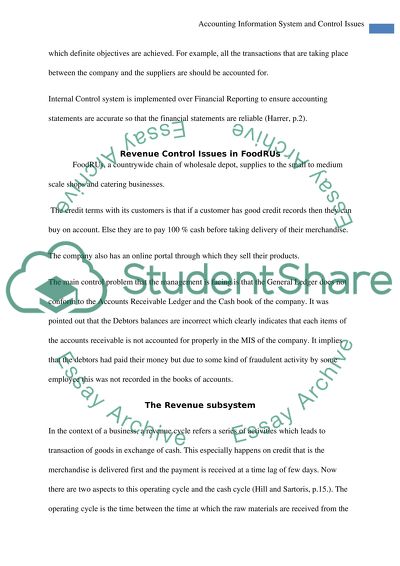Cite this document
(“Accounting Information Systems and Control Issues Essay”, n.d.)
Accounting Information Systems and Control Issues Essay. Retrieved from https://studentshare.org/finance-accounting/1484629-accounting-information-systems-and-control-issues
Accounting Information Systems and Control Issues Essay. Retrieved from https://studentshare.org/finance-accounting/1484629-accounting-information-systems-and-control-issues
(Accounting Information Systems and Control Issues Essay)
Accounting Information Systems and Control Issues Essay. https://studentshare.org/finance-accounting/1484629-accounting-information-systems-and-control-issues.
Accounting Information Systems and Control Issues Essay. https://studentshare.org/finance-accounting/1484629-accounting-information-systems-and-control-issues.
“Accounting Information Systems and Control Issues Essay”, n.d. https://studentshare.org/finance-accounting/1484629-accounting-information-systems-and-control-issues.


